For architect David Shannon and his partner, Susie Dillon, lockdown was an opportunity to enjoy the home they completed last year and now share with their baby daughter, Olive.
"We have had some cancellations of projects from clients who are wary of a further lockdown, but generally we are tipping away," says Shannon of his Dún Laoghaire-based practice The Architects. "Even without a pandemic, the cyclical nature of a small design company can throw up crazy workloads followed by slacker periods. We are really blessed that we have our home completed, but the next couple of months will be really testing."
Shannon has faced many struggles over the past decade, and the last recession made him realise how little you need in times of hardship, and how by taking a can-do approach, he and Dillon were able to deal with the trials of building their own home.
The almost total collapse of the construction industry in 2008 led to a precipitous fall in incomes for Irish architects. Many emigrated to find work, while others sat it out or retrained.
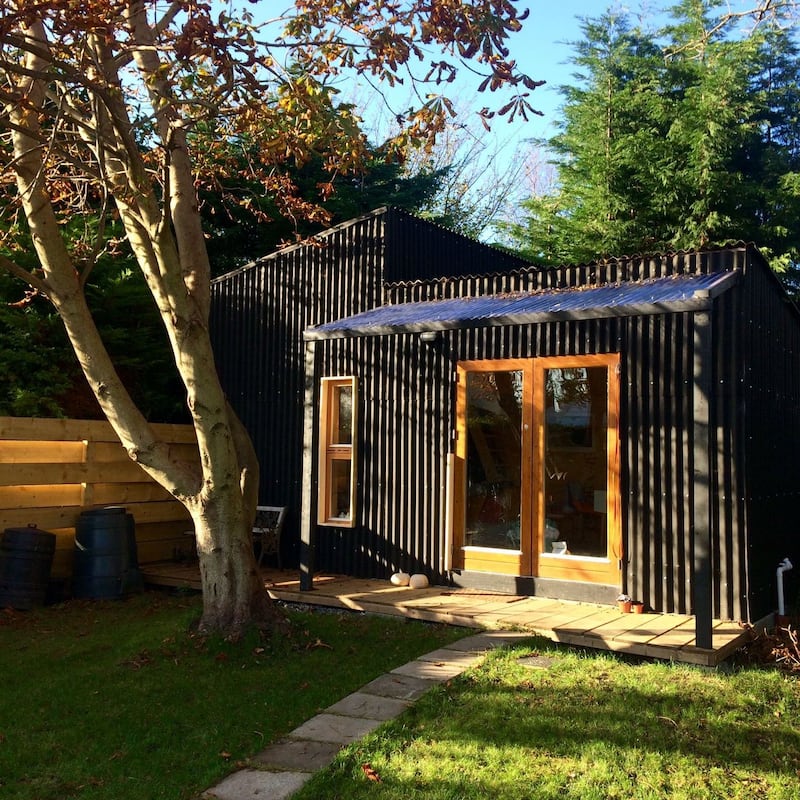
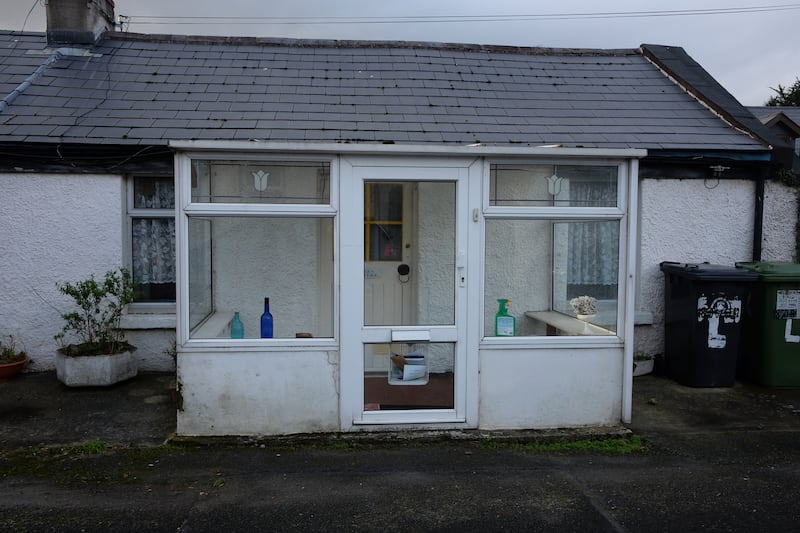
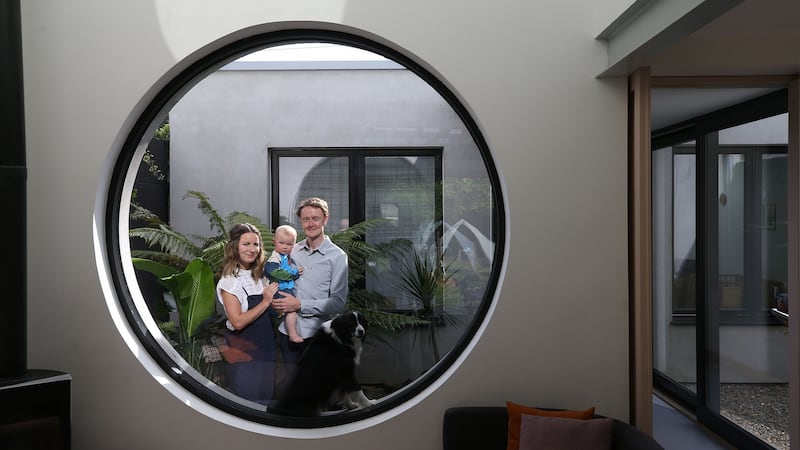
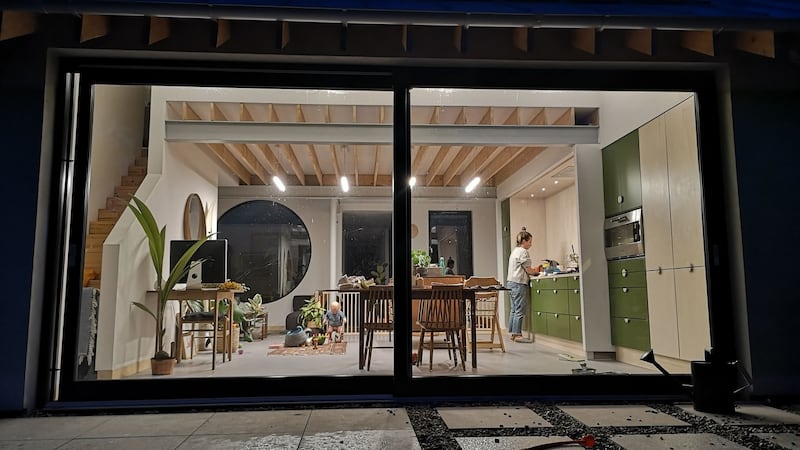
For Shannon, things were so bad he contemplated moving abroad. “At the time I worked for free in two small practices to try and get a foothold in the industry. But as architects are the first to be shafted during a recession, I knew I had to try something else.”
He rented a small studio on Patrick Street in Dún Laoghaire: “I printed large posters with the sign ‘Free Architecture’ just to try and get some clients in the door. But it didn’t work – not even for free.”
Six months later, coming up to Christmas, the owner of a Georgian house in Glasthule walked in. Finally Shannon had a brief, which led to other jobs and the establishment of his firm The Architects, along with business partner Niall Browne.
In 2017, while searching for properties for a client, he came across Fern Cottage in Shankill, Co, Dublin, an “old cottage with lean-tos and bits tacked on”. “The client wasn’t interested at all but the site was good, the aspect was great and it had huge potential.”
Along with Dillon, who is a graphic designer, he bought the tiny cottage for €250,000. “The site was so overgrown we didn’t even realise how far back the land went, and it took over a year to buy, as there were all sorts of problems with probate and land registry.”
Cabin life
The couple built a temporary timber-framed cabin in the rear garden, where they lived while Shannon project-managed the renovation and extension of the cottage, where blocks had to be carried in by hand.
"We took the roof off so the cottage essentially became a skip, as we had to dig out tonnes of soil. Looking back it was really like a silo with three walls. We had no access to the site other than through the front door, but our neighbour Deirdre Murphy saw our plight and kindly offered to let us use the side of her house for access."
The couple placed their belongings in storage and spent 18 months in the cabin, including the freezing winter of 2018. “People thought we were crazy, often asking ‘Are you really living there?’ but you don’t think that way when you are just trying to get on with things.”
But, after finding a home, and just as his business was taking off, his personal life threw up new dilemmas. At the time Dillon, who was five months pregnant with Olive, developed a medical condition and had to pack in her job as a graphic designer.
The bank had approved their mortgage and a €150,000 loan for the extension and renovation, but after Dillon’s illness they pulled the plug on the €150,000. “There was no negotiation with the bank. I was self-employed, Susie couldn’t work, and all I kept hearing was ‘It’s gone to head office, and it’s out of my hands – we shouldn’t have given you the mortgage in the first place’.”
We just didn't have the money to go to town on it but we just got through it with the help from our families
This left the couple, living in a tiny cabin with what was essentially a roofless shed, with no funds to renovate and a baby on the way. They decided to proceed, using “every cent” they had of personal savings along with family loans to finish the house in advance of Olive’s birth. He negotiated prices on everything from blocks and insulation to windows, with spreadsheets detailing costs right down to each box of screws.
It would have been a stifling situation for many couples, but Shannon was undaunted: “I suppose this comes naturally to me as I do it for clients every day. We just didn’t have the money to go to town on it – not that we were going to do that anyway – but we just got through it with the help from our families. It was really a beg, borrow and steal project.”
Clean slate
Slates for the house came from Dillon’s sister’s home which was being re-roofed, and their kitchen came from a penthouse in town that “had been destined for a skip” – as did the Gaggenau appliances. The kitchen island, which is an architect’s plan chest and works beautifully, was also being thrown out.
The result, after all the trials and tribulations, is a superb family home. It has been transformed from a 28sq m rundown cottage to a bright and airy three bedroom 150sq m home.
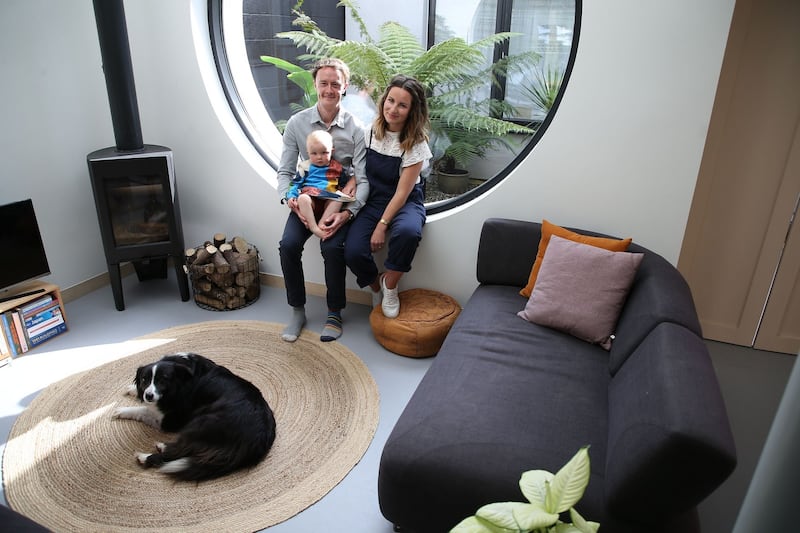

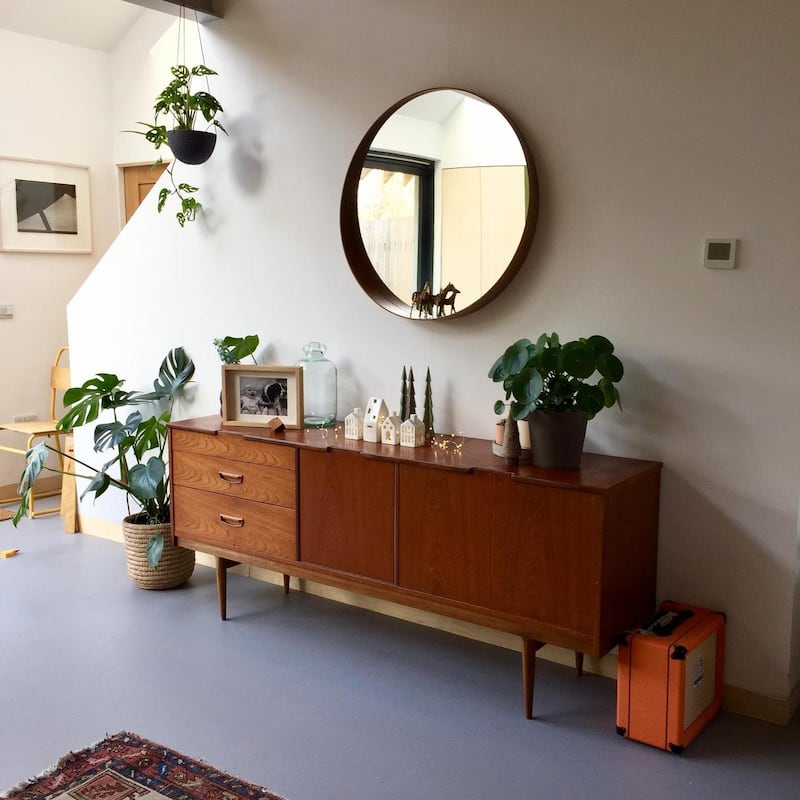
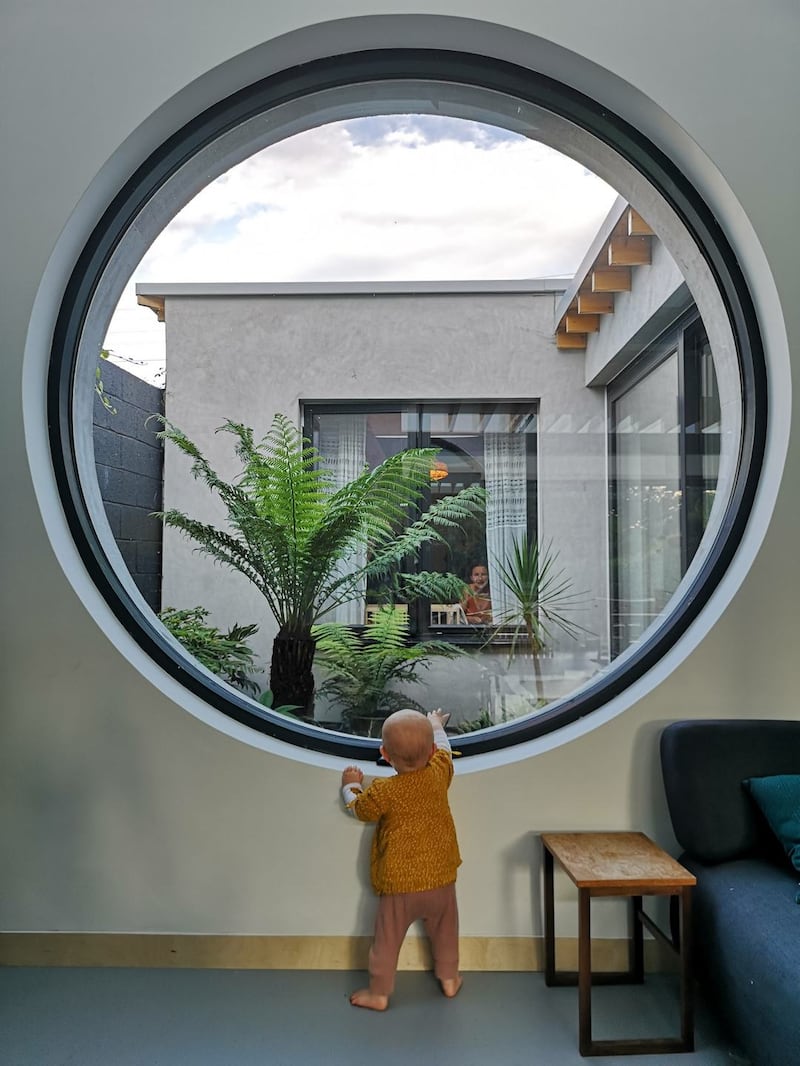
Two courtyards were installed, one of which is viewed from an impressive round window measuring more than 2m in diameter, and Marmoleum flooring – which is made of 97 per cent natural materials – runs throughout the house. It works really well against the neutral backdrop and eclectic mixture of furniture.
Family and friends were on hand to get the house ready, clearing the site and painting the walls, and the first night in their new home they celebrated by cooking a pizza, as they had not cooked properly in more than a year.
For Shannon, one of the most important factors on the project was to build trust and a relationship with neighbours. “They all had a sense of empathy, as they knew what we were going through and many had faced similar problems, but I think it is also the nature of our neighbours, who are all wonderful people”
The couple have been giving their garden an overhaul while David works from home under lockdown. “Looking back on it all now, we really have great memories. Even though we were living in a tiny cabin over that dreadful winter, with all our stuff in storage, it’s amazing when you realise how little you actually need.”












